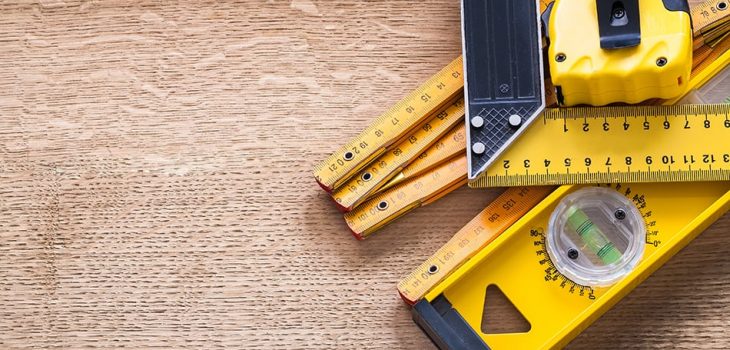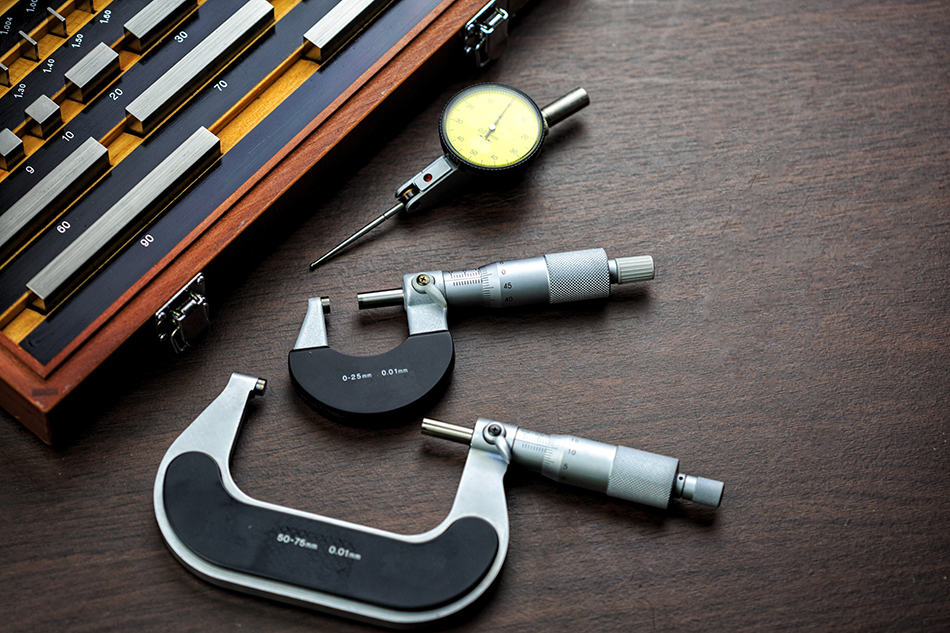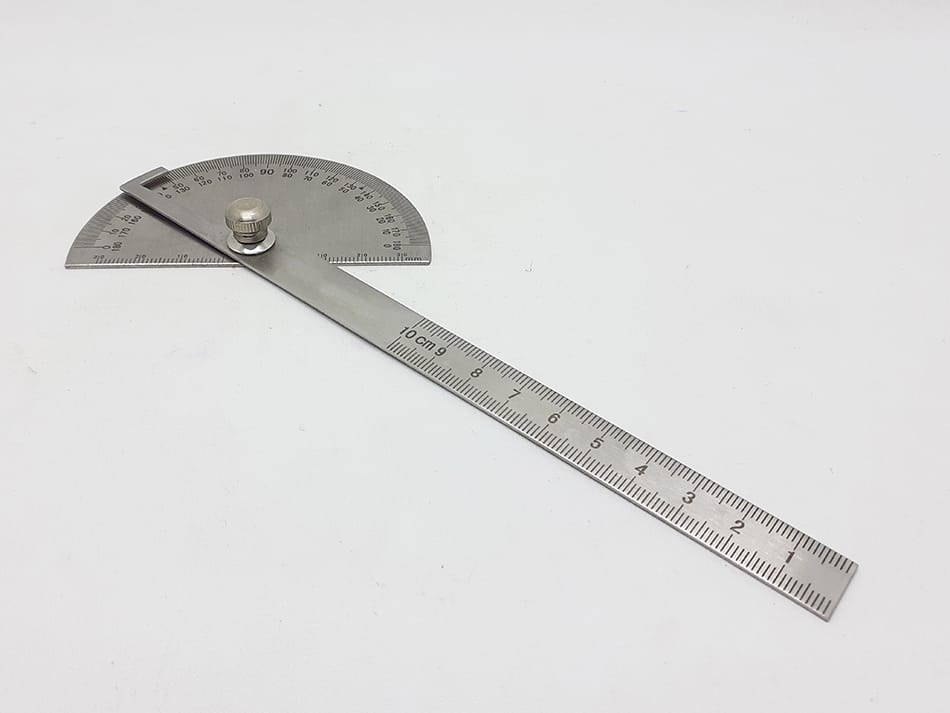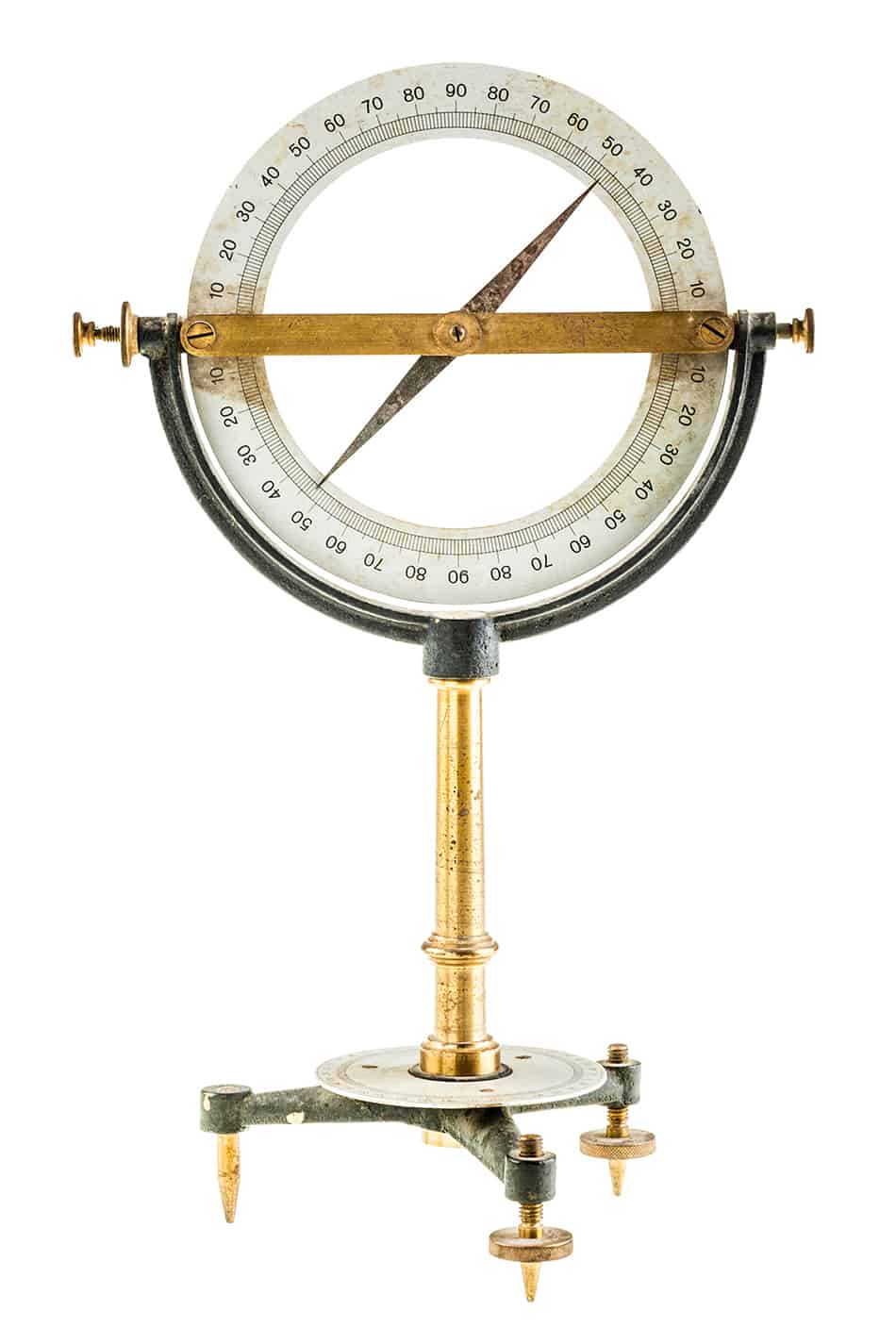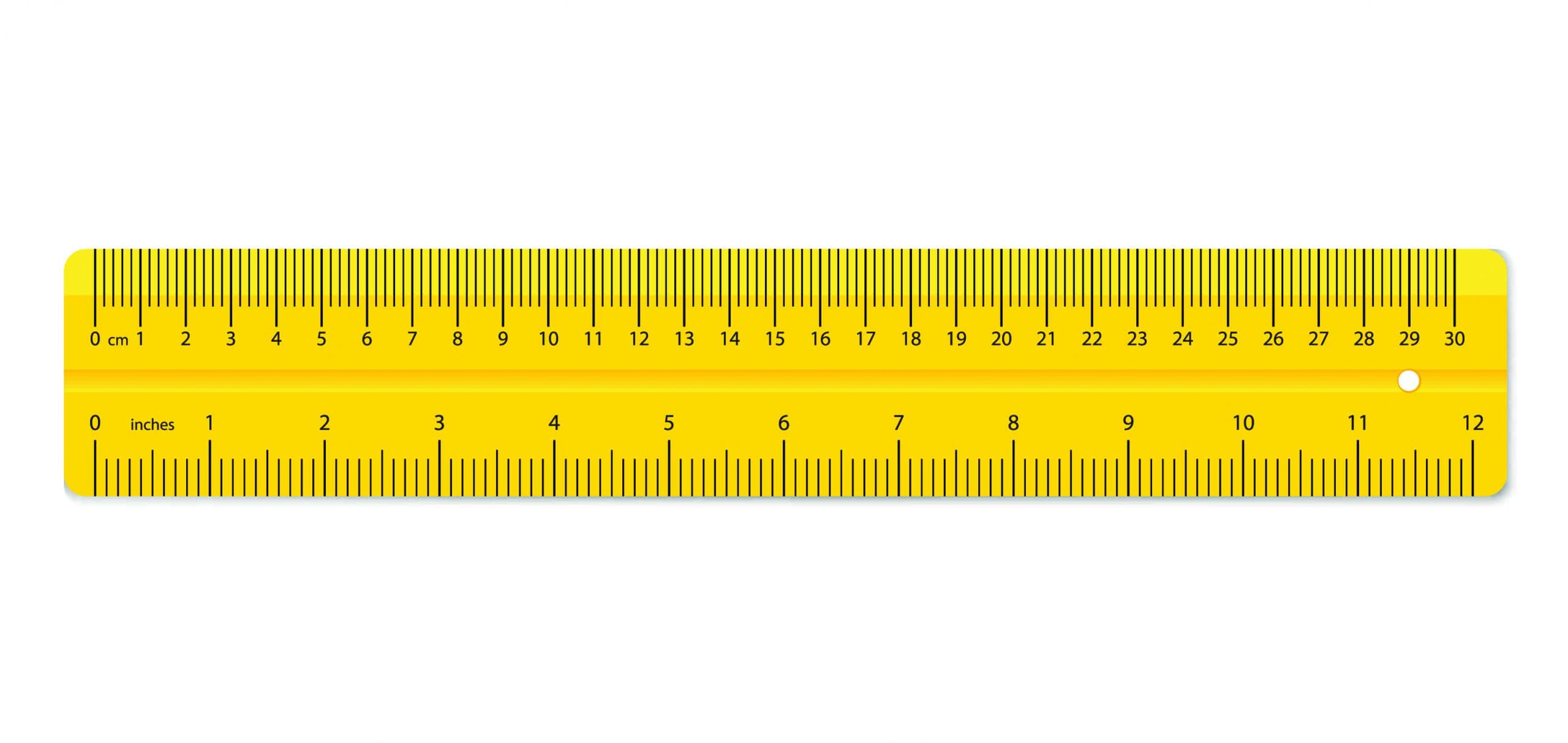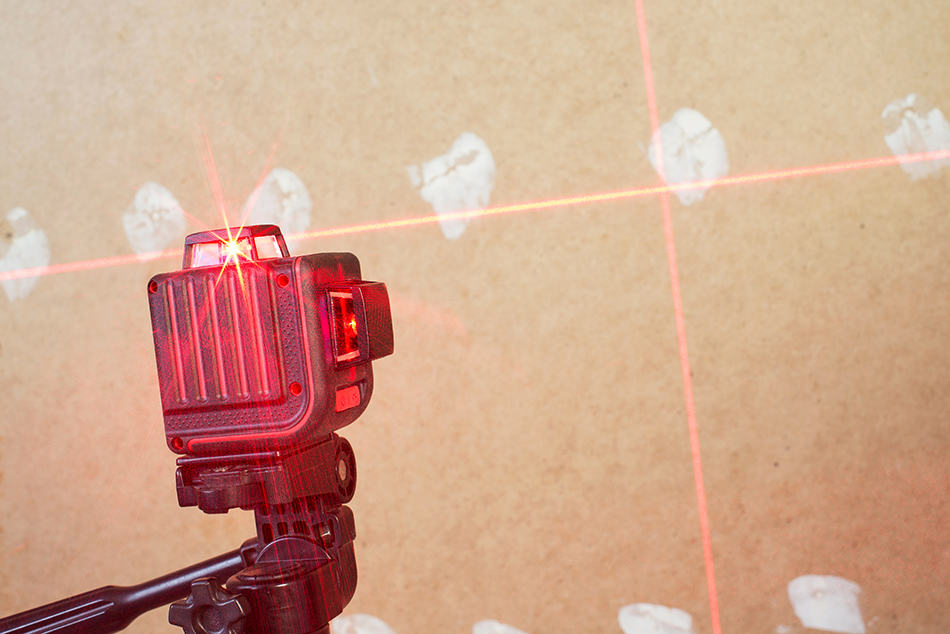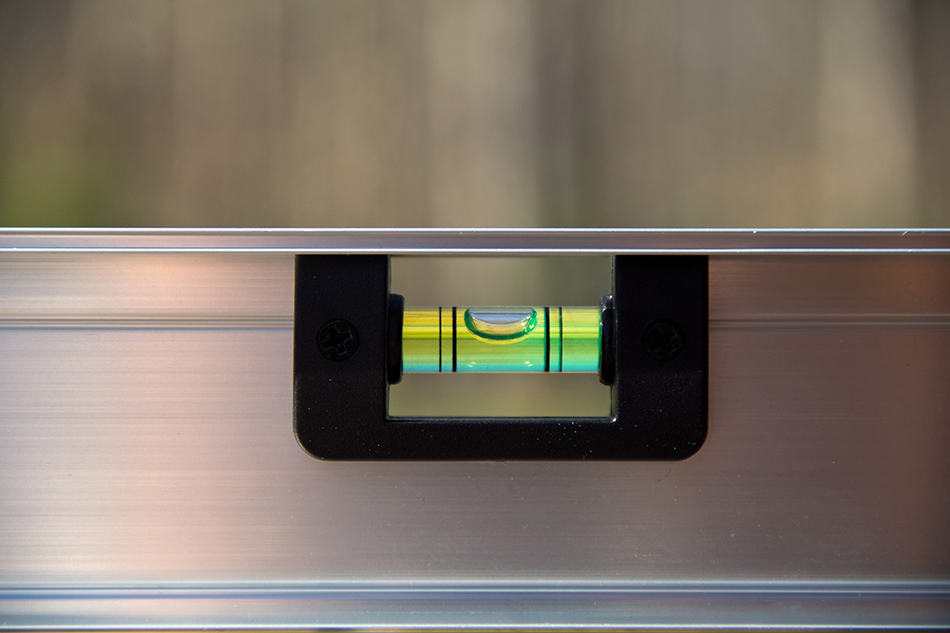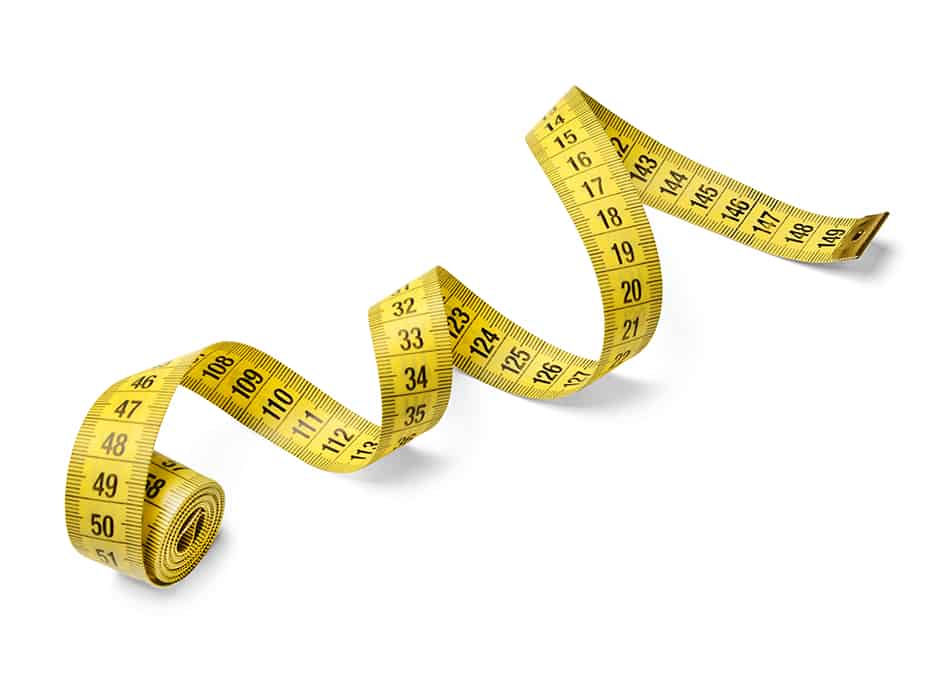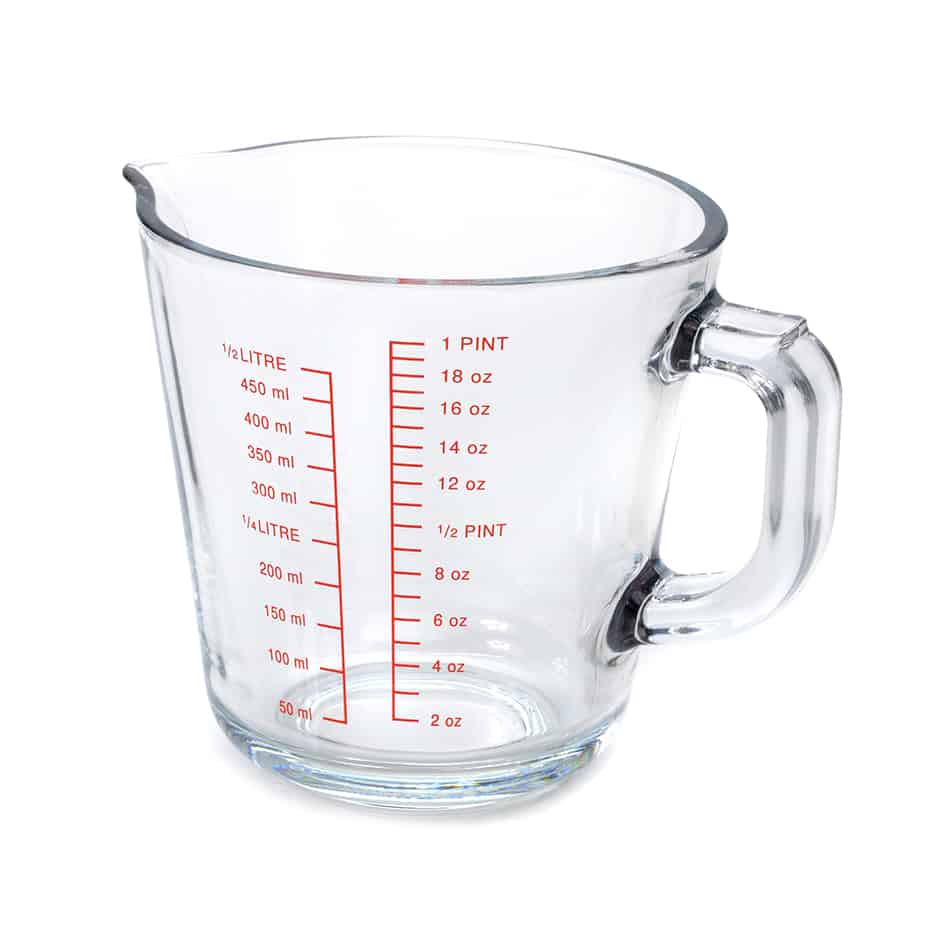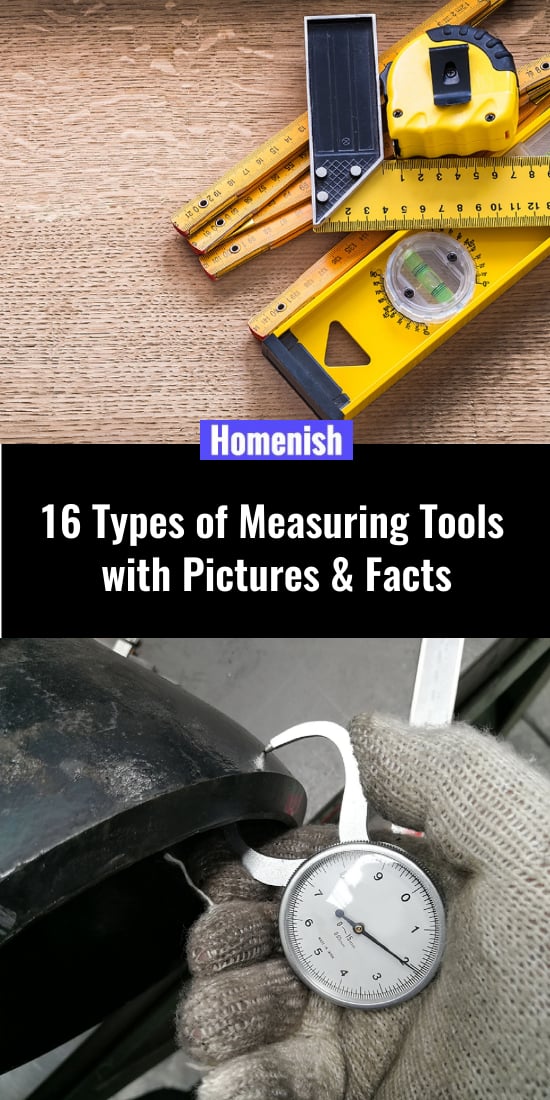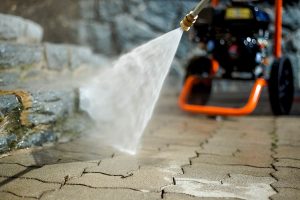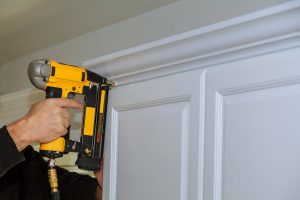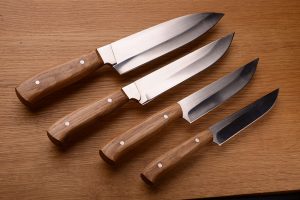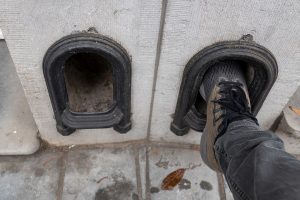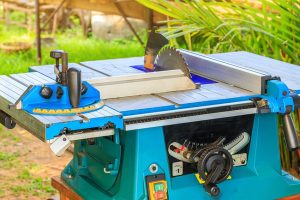Measuring tools are essential pieces of equipment that have been used for centuries to help people build and develop our world. Here we look at a variety of different types of measuring tools and explore what they are used for and how they work.
There is a wide range of measuring tools available today, which can measure anything from angles to temperature to time.
The type of tool you will need depends on exactly what it is you want to measure and how you want to go about doing that.
In some instances, there could be several tools all appropriate for one job. To understand the many different types of measuring tools available and how they work, check out this extensive list of the most popular measuring tools used today.
Are Measuring Tools Necessary?
Measuring tools are absolutely necessary in order for our lives to continue moving forward as we know them. You might initially think of measuring tools as something you only use in math class or if you’re an architect or construction worker, but actually, we all use various measuring tools every day without even thinking about it.
Any time you drive a car you are using a speedometer, which is a measuring tool to calculate speed. Without this, the roads would be a much more dangerous place. Every time you use the oven, you are using a thermometer, which measures the temperature you want to cook your food at.
If you are a baker, then you will be using various forms of measurement to measure out your ingredients every time you make a cake. Measuring is also vital to help us calculate angles, weights, volume, and capacity so that we are able to build structures such as bridges and buildings in a way we know will be safe for people to use.
The necessary type of tool for your scenario is going to differ based on what you are trying to achieve. If you are a carpenter, then you will find yourself frequently needing to use a tape measure, while a forester is more likely to need an angle gauge.
Almost every profession that you can imagine is going to need some type of measurement tool to help them perform their tasks.
As the psychologist James Cattell wrote in 1893, “The history of measurement is the history of science.”
Caliper

Calipers are a common measuring tool that accurately measures the distance between two opposing sides of an object.
A caliper will have two adjustable tips that can be pushed up against opposite sides of an object, for example, a tree trunk. When the caliper is removed from the object, the user is able to see from the affixed ruler which measurement was given between the two tips and using the tree as our example, you would then know the diameter of the tree trunk.
Calipers are commonly used in various fields, including forestry, wood or metal working, medicine, science, and engineering. You can get basic calipers, which you take a manual reading, or digital calipers are also available, which give an easy-to-read measurement on a digital display.
Calipers have been used for measuring objects for centuries, with the earliest known example of a caliper dating back to the 6th century BC. They are known to have been popular throughout Greek and Roman times.
Get this quality digital Caliper from Mitutoyo on Amazon
Micrometer
This is a measuring device commonly used in mechanical engineering. It works in a similar way to a caliper but can measure the length, depth, and thickness of an object.
Like a caliper, the object to be measured is placed between two ends, but this is then measured not by a ruler, but by a calibrated screw. The spindle of the micrometer is moved until the object sits flush between the spindle and anvil, and then the measurement can be read.
Micrometers, assuming they are used correctly, offer incredible accuracy. The first micrometer was invented alongside a telescope by the astronomer William Gascoigne during the 1630s.
He used it to measure the distances between stars and celestial objects. There are now many different types of micrometers available, such as blade micrometers, tube micrometers, digital micrometers, and bench micrometers.
Angle Gauge
This tool is predominantly used by foresters to help with forest inventory. They are held at a set distance from the user’s eye to quickly establish whether a tree is within the boundary of a plot. The distance is usually determined by a string or chain held by the surveyor.
Angle gauges can also be used in other professions where measuring angles is necessary. They are available in both traditional metal formats as well as digital types.
This digital angle gauge is available on Amazon
Slope Inclinometer
Also known as ball inclinometers, bubble inclinometers, or tiltmeters, these measuring tools establish the angle or gradient of a slope. In a ball inclinometer, there will be a small ball bearing in a curved tube, which will move to the lowest point in the tube due to gravity.
In a bubble inclinometer, the curved tube will be at an inverted angle so that the bubble rises to the highest point in the tube.
To use this tool, the user would need to place it alongside the angle to be measured. These are often used in medicine to determine the angle of a person’s body, such as their back, or in working machinery to maintain safe operations.
Angle Locator
This is a manual tool that has a face shaped like a clock, split into four quarters, each read in increments to show between 0 and 90 degrees. The round face is attached to two straight edges, usually along the bottom and the left-hand side.
These straight edges feature measurements like that of a ruler, often with one edge depicting inches and the other showing centimeters. To use this tool, fix both of the straight edges to the angle you want to measure, and then take the reading from the face of the tool.
This is a useful tool in construction, woodwork, or general contracting. It may also be useful for the homeowner who partakes in DIY.
This angle locator is available to get on Amazon.
Ruler
Rulers, also known as a rule or a line gauge, are the quintessential measuring tool. They have an incredibly simple premise, so easy to use that even preschoolers might have them stored away in their pencil cases. These tools are used for measuring relatively small distances to produce accurately sized technical drawings, as well as aiding in drawing perfectly straight lines.
Rulers are commonly used in geometry and construction, and engineering. Rulers can be made from plastic, wood, or metal. The profession they are intended to be used in will largely determine which type of material a ruler is made from.
Metal rulers offer the best durability and, therefore, the longest lifespan, but they tend to be among the most expensive. Rulers also come in various sizes.
The standard length of a pencil case ruler is 6 inches or 15cm, while longer 12-inch or 30cm rulers are common in technical drawing. You can also find yardsticks that are one yard long or meter sticks with a one-meter length.
Laser Measure
Laser measures are an alternative to traditional tape measures and are used to measure a length of space.
They work by sending out a laser beam at the press of a button, which hits the desired target and is able to measure the distance based on the detected reflection. You will quite literally be swapping out a metal tape from your tape measure for a laser beam.
This is a very convenient method of measuring distance, able to determine the measurement in a few seconds by simply pressing a button, rather than the alternative of walking the distance while holding a traditional tape measure.
It also means you get a more accurate measurement as you won’t have to account for sags in the tape measure or off angles, which might cause discrepancies. Laser measures can also measure longer distances than most standard tape measures.
They can calculate lengths as long as 650 feet, and with measurements of up to 300 feet, they boast an accuracy to within an eighth of an inch. Laser measures provide an ideal solution for measuring hard-to-reach spaces, such as tall ceilings, where you would otherwise be required to stand on a tall ladder with a tape measure in hand.
When measuring long distances with a tape measure, you will often need the help of an extra person to hold the other end of the tape, but a laser measure means you can easily work alone. They provide digital readings which are arguably easier to read correctly than small markings on a tape and mean you can even take readings in low light without worrying about being able to accurately read the tape measure markings.
There are some drawbacks to a laser measure though. First, they measure the distance at which the laser beam reflects, so you need to be sure that there are no obstacles in your way; otherwise, you won’t get the proper measurement.
These types of tools are ideal for measuring room sizes, and so are commonly used as construction and architecture tools. However, they aren’t able to entirely replace traditional tape measures.
For example, if you want to measure a length of wood, you will need to use a tape measure, as a laser measure will have no ‘edge’ to bounce back from to calculate a measurement in this type of scenario.
This laser measure from Bosch is available on Amazon.
Square
A square is a simple but effective measuring tool that is essential to a number of professions and hobbies. This tool, in its most basic design, takes the form of an ‘L’ shape, made from two rulers, which are fixed together at a perfect right angle.
They can be made from wood, plastic, or metal, just like rulers. Squares make it easy to mark out right angles, so you can make accurate cuts in lumber or other materials.
There are several different types of squares you can get depending on what you’ll be using this tool for. Contractors or those in the construction industry might use a drywall square, which has a ‘T’ shape.
Drywall squares are used to mark out lines on drywall where it needs to be cut, ensuring no mistakes are made so that drywall doesn’t get wasted. These squares are large, with a four-foot-long blade you can draw against.
Another type of square is a speed square, which is triangular shaped. This square is used to measure 45-degree angles and 90-degree angles and is commonly used in technical drawing and carpentry. A sliding t-bevel square is another type of square, though this does not measure angles but instead allows you to replicate them.
With this tool, you can slide one arm until it matches the angle you want to copy, and then move it to a different place where you want to mark out the copied angle.
Compass
A compass is usually made from two lengths of metal, which are joined together at one end. One of the metal pieces will have a sharp point so that it can grip onto paper, while the other piece of metal can have a pencil attached to it.
Compasses are adjustable, so the two metal sides can be set at different angles to make different-sized circles, or measure different spaces.
This tool will be commonly used by architects or anyone who makes technical drawings, and it can also be used in navigation to determine the distance between two points on a map. It is good for measuring out circles and may be used in carpentry or product design and small-scale manufacturing.
Tape Measure
A tape measure is a useful and reliable tool that almost every tradesperson will have in their toolkit, and most homeowners will have one laying around on a garage shelf.
Tape measures are made from long and flexible pieces of metal that have inches and centimeter measurements marked out along their length. The metal tape then gets wrapped up in a spiral so that it takes up very little space when not being used and doesn’t get tangled up.
Tape measures are probably the most commonly used measuring device of all measuring tools. These tools are simple yet effective and can be used to measure the length, width, height, or depth of almost any object. Their flexibility means they can also measure curves or go around corners.
One of the reasons they are so handy is that they are small and easily portable. Most tape measures have a clip on the back, which can easily be attached to a belt loop on a pair of jeans or clipped onto a pocket. Most carpenters will have a tape measure on their person at all times, along with builders and other construction workers.
Tape measures are quick and easy to use, with a lock and retracting switch that allows you to set the tape at a certain length and then wind the tape back in at the flick of a switch. These convenient measuring tools come in various lengths.
In carpentry, tape measures at around the 25 to 30 feet mark are common, whereas surveyors and realtors will have longer measuring tapes, commonly over 100 feet long. The longest types of tape measure are usually 300 feet long, though rarely, you may be able to buy one with a 500-foot-long tape. The longer they are, the harder they can be to retract.
Click Here to Learn More About Different Types of Tape Measures
Pressure Gauge
Pressure gauges are a common measuring tool that is used to measure the pressure of liquids and gases, such as water, air, or oil. If you have a hot water heater in your home, you will likely find a pressure gauge attached to the front of it so you can keep a check on your water pressure and ensure it stays in the correct range.
Pressure gauges are important tools in industrial and commercial environments, where they help maintain the safety of a plant. They are also useful tools to use when pumping up bicycle tires or checking on the air pressure of the tires on your vehicle.
You can find this pressure gauge from Kodiak Controls on Amazon.
Level
Also known as a bubble level or a spirit level, these tools are used for measuring whether an angle is a level and equally balanced. A level will come in useful if you work in construction or carpentry, but they are also good to have around the home to make sure any frames or mirrors you hang on the wall are straight.
Levels come in various sizes, from short handheld versions to yard-long versions, which you will need to use on bigger projects. These tools work by one or more glass vials that are fixed into the level and filled with colored spirit or liquid. The liquid will be slightly too little to completely fill the vial, which means it will have an air bubble inside the glass.
You operate the level by simply sitting it on top of the item you want to level up, and adjust it until the air bubble sits at the marked center point in the vial. Levels can typically be used to measure both horizontal and vertical levels, though a level vertical line is technically referred to as being ‘plumb.’
There are many different types of levels that can be made from plastic, metal, or wood. Some types of levels include a surveyor’s level, a mason’s level, a post level, an electronic level, and a line level.
Thermometer
A thermometer is a traditional tool for measuring temperature. Most thermometers typically show both celsius and fahrenheit measurements, as different parts of the world favor different scales of measuring.
The first thermometer was believed to have been invented in the 17th century by Santorio Santorio, an Italian physician.
A classic thermometer will consist of a glass tube that has a small amount of mercury in the bulb at the base, and as the temperature rises, the mercury level rises up the tube to indicate a higher temperature. The mercury level will decrease if the temperature cools, and you can get a temperature reading by looking at the preset markings on the glass tube that match up to the level of mercury.
These types of thermometers are commonly seen hanging up on the exterior of homes or in gardens, so people can keep an eye on the outside temperature. Many modern types of thermometers are digital, and used for determining a person’s body temperature.
These can detect a temperature after a simple click of a button, while more basic types will have a sensor that you can place under your tongue, or close it in your armpit. Thermometers are common measuring tools in medical professions, as well as in meteorology and science.
Tailor’s Measuring Tape
A tailor’s measuring tape has a lot in common with a standard measuring tape, but due to the way it is used, it is constructed from softer fabric and is more flexible.
While tape measures used in construction are made from metal and housed in a plastic case, a tailor’s measuring tape will usually be made from a cotton-based material that has been coated in plastic to protect it.
This type of tape is like a long ruler, with measurements marked out all along the length of the fabric. Due to being made from fabric, it is much gentler against the skin, which is important as a tailor will be using this tape measure to determine the measurements of a person’s body in order to make perfectly fitting clothing.
The tape will also be flexible, allowing it to fit snugly around the curves of a body, such as when taking a waist measurement. This makes it more accurate, allowing greater precision than if a metal tape measure was used. Many tailor’s measuring tapes do not have plastic cases with retractable switches, though some do.
Speedometer
A speedometer is a measuring gauge that instantly determines the speed that a vehicle is traveling. The earliest type of speedometer was thought to be invented by Charles Babbage, a mechanical engineer, and was designed for use on locomotives.
For most of the 20th century, speedometers have been fitted as standard to motor vehicles, and it is now a requirement that all motor vehicles are universally fitted with speedometers. This is key for making the driver aware of the speed at which they are traveling and therefore allowing them to be able to follow speed limits and ensure safer use of roads.
Most speedometers have markings to measure both miles and kilometers. Many GPS devices are now able to measure speed and will alert road users if they exceed the speed limit on a certain road.
Measuring Cups
Measuring cups and jugs are used in cooking and baking to measuring the ingredients needed for a recipe. A measuring cup is a useful kitchen measuring item that you should have in your necessary kitchen tool collection. Depending on your location, you will find that these measure different units.
Possible units used in a measuring spoon, cup, and jug will include milliliters and ounces. In North America, a cup is considered to be a measurement in itself. This isn’t considered to be as accurate as measuring ingredients on weighing scales, but it is typically more convenient and works well enough to produce good baked goods.
Measuring cups can be found in an array of different materials, including metal, plastic, and ceramic. Basic sets of plastic dry measuring cups can be picked up for a small price at most dollar stores, whereas ceramic measuring cups might be more expensive and decorative, nice enough for displaying on a kitchen shelf.
Measuring Tool FAQ’s
What Is the Most Common Type of Measuring Tool?
The most common types of manual measuring tools are the ruler and the tape measure. These are very popular everyday items that are in regular use throughout schools, hospitals, construction sites, offices, and homes.
However there are other measuring tools that are extremely common, but they aren’t being directly used and therefore they tend to go unnoticed by most people. A thermometer is a good example of this.
In your refrigerator you will have a built-in thermometer that measures the temperature of the inside of the appliance, ensuring that your food is kept cool at an exact preset temperature. Although you aren’t physically using this thermometer, it is in use within your home at all times and could therefore be considered amongst the most common types of measuring tools.
How Do You Choose a Measuring Tool?
The type of measuring tool you should choose will depend on what you want to measure. If you are altering the leg length on a pair of pants then you will want a tailor’s measuring tape, or if you are hanging a picture frame on the wall then you will want a bubble level or spirit level.
Once you have decided on the type of tool you need, the next thing to consider is quality and budget. If you need a measuring tool that will last a long time, then it is worth spending more money for a high-quality item that is going to be accurate and sturdy, such as a compass made by a reputable and respected company.
If the accuracy and sturdiness of your measuring tools aren’t so important, for example, if you want measuring cups for home baking, then you could save some money and buy some plastic measuring cups at the dollar store.
